Wild Gooseberry / Summer / Edible
Wild Gooseberry is a thorny shrub or bush, up to 1.5 metres high. It’s difficult to know whether the plants you find are truly wild or if they are feral. Gooseberries were cultivated a lot in the past.
Common Names
Wild Gooseberry, European Gooseberry, Goosegogs
Botanical Name
Ribes uva-crispa
Scientific Classification
Kingdom – Plantae
Order – Saxifragales
Family – Grossulariaceae
Physical Characteristics for Wild Gooseberry
Stems
The stems are woody and are covered in tough spines.
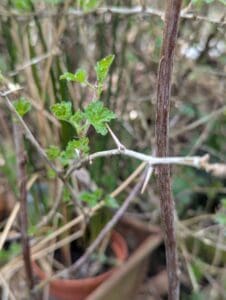
Leaves
The leaves are deep green, have 3-4 lobes which are bluntly toothed. Up to 5cm across.
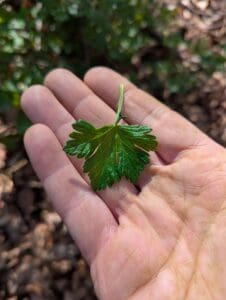
Flowers
The individual flowers are small and droop, they are green with a pink to red hue. They are roughly bell shaped and normally appear in Spring.
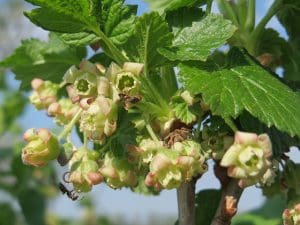
Fruits
The plant produces round to oval shaped fruits, usually with a papery tuft on the bottom that is the remains of the flower. They are usually green but red or white varieties are quite common, they all have rough hairs on their surface. The fruits tend to be smaller than cultivated varieties they are roughly 1cm in diameter. The fruit are normally ripe in summer.
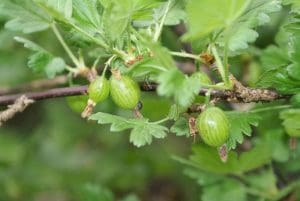
Habitat
It’s a common sight in hedgerow and mixed woodlands.
Known Hazards
None Known
Could be Confused with
When it’s full of berries it’s a really distinctive plant so it would be difficult to confuse it with anything else. If it looks like a Gooseberry, it’s a Gooseberry, I wouldn’t worry about which species or whether its feral or wild, their all edible. Without berries, it would be possible to confuse it with other members of the Ribes genus such as Blackcurrant or Redcurrant. The smell of the leaves may help you out here.
Edible Uses
The berries are sweet yet tart and are traditionally used in jams, jellies and as a pie filling.
They also work well in savoury dishes, in French a sauce made from Gooseberries is served with mackerel. In fact the French for Gooseberry is ‘groseille à maquereau’, which translates as ‘mackerel berries’
Notes on Herbal Uses
Gooseberry is a very nutritious plant, it is high in Vitamin C, Vitamin B5, Vitamin B6, Copper, Manganese and Potassium.
It is also high in fibre and low in calories and fat, rich in anti-oxidants that fight free radicals.
Studies show that they can lower blood sugar, cholesterol, and blood pressure levels, as well as a reducing the risk of cancer, diabetes, heart disease, and age-related illnesses of the brain.
Extra notes from the Foragers
The term Gooseberry bush was 19th century slang for pubic hair, and from this comes the saying that babies are “born under a gooseberry bush”.
References:
https://en.wikipedia.org/wiki/Ribes_uva-crispa
https://www.botanical.com/botanical/mgmh/g/gooseb29.html
1 reply on “Wild Gooseberry (Ribes uva-crispa) Identification”
Leave a Reply
You must be logged in to post a comment.



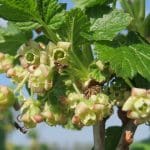
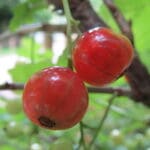
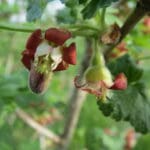
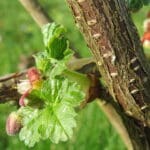
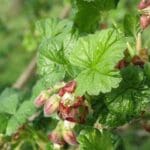
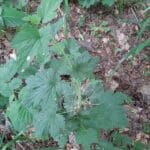



Thanks for this interesting article.